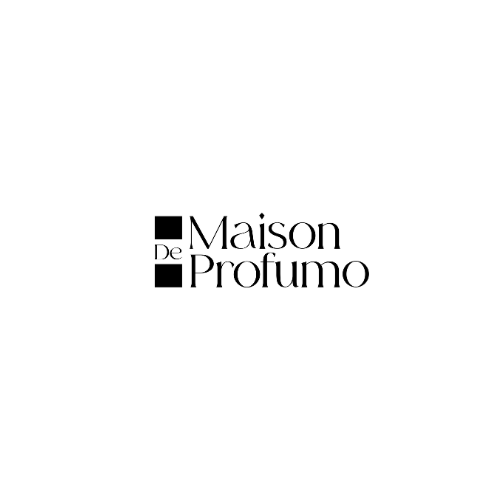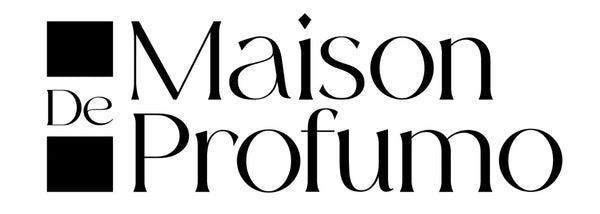"How Perfume is Made: A Step-by-Step Guide to Crafting Fine Fragrances"
Perfume-making is an intricate art form that combines science and creativity. The process of creating a perfume involves multiple stages, each requiring careful attention to detail and an understanding of various ingredients and techniques. This guide provides an in-depth look at how perfume is made, from sourcing raw materials to the final product.
Introduction to Perfume-Making

Perfume-making has a rich history, dating back to ancient civilizations. Today, it is a sophisticated industry that blends tradition with innovation. Understanding how perfumes are made can enhance appreciation for the fragrances we wear.
Perfume-Making Process
1. Sourcing Raw Materials
Natural Ingredients
- Flowers: Roses, jasmine, lavender
- Citrus Fruits: Bergamot, lemon, orange
- Herbs and Spices: Mint, basil, cinnamon
- Woods and Resins: Sandalwood, cedarwood, frankincense
Synthetic Ingredients
- Aldehydes: Enhance and stabilize natural scents
- Aromatic Chemicals: Iso E Super, Galaxolide
- Fixatives: Benzoin, musk
2. Extraction Techniques
Distillation
- Steam Distillation: Common for extracting oils from flowers and leaves
- Hydrodistillation: Used for delicate flowers like rose and jasmine
Solvent Extraction
- Enfleurage: Traditional method using fats to capture floral scents
- Maceration: Soaking raw materials in solvents to extract oils
Cold Pressing
- Citrus Oils: Extracted from the rinds of fruits
3. Perfume Composition
Top Notes
- Characteristics: Light, fresh, and evaporate quickly
- Examples: Citrus, light floral, green notes
Heart Notes
- Characteristics: Middle of the fragrance, lasting longer than top notes
- Examples: Floral, fruity, spicy notes
Base Notes
- Characteristics: Deep, rich, and long-lasting
- Examples: Woody, amber, musk notes
4. Blending and Aging
Formulation
- Perfumer’s Organ: A workstation where perfumers blend ingredients
- Accords: Basic fragrance combinations forming the backbone of the perfume
Maturation
- Aging Process: Blended perfumes are aged for weeks to months to develop complexity
- Macération: Essential for harmonizing the blend
5. Production and Bottling
Dilution
- Perfume Concentration: Pure perfume, eau de parfum, eau de toilette
- Solvents: Ethanol, water
Bottling
- Design: Importance of bottle aesthetics in branding
- Packaging: Protecting and presenting the final product
Detailed Stages of Perfume Production

Sourcing Raw Materials
Sourcing high-quality raw materials is crucial for creating a premium fragrance. Natural ingredients are gathered from various parts of the world. For instance, roses are primarily sourced from Bulgaria and Turkey, while jasmine is often harvested in India and Egypt. The choice of synthetic ingredients is equally important, as they enhance and stabilize the natural scents, providing consistency in the final product.
Extraction Techniques
The method of extraction depends on the type of raw material. Steam distillation is widely used for extracting essential oils from flowers, leaves, and stems. Solvent extraction, including enfleurage and maceration, is preferred for delicate flowers that cannot withstand high temperatures. Cold pressing is the go-to method for extracting oils from citrus fruits, ensuring that their fresh and zesty aromas are preserved.
Perfume Composition
The art of perfume composition lies in balancing top, heart, and base notes. Top notes are the first impression of the fragrance, often fresh and light, but they evaporate quickly. Heart notes form the core of the perfume, offering deeper floral, fruity, or spicy aromas. Base notes provide depth and longevity, often featuring woody, amber, or musky scents. A successful perfume must harmonize these notes to create a well-rounded fragrance.
Blending and Aging
Blending is a critical stage where the perfumer's creativity and expertise come into play. Using a perfumer’s organ, they combine various ingredients to create unique accords. Once blended, the perfume undergoes a maturation process, where it is aged to allow the different components to meld together. This aging, or macération, is essential for developing the complexity and depth of the fragrance.
Production and Bottling
After aging, the perfume is diluted to the desired concentration. Pure perfume, or parfum, has the highest concentration of aromatic compounds, followed by eau de parfum and eau de toilette. The final product is then bottled, with significant attention paid to the design and packaging. An attractive bottle and packaging not only protect the perfume but also serve as a crucial aspect of the brand’s image and marketing strategy.
Tables and Bullet Points for Enhanced Readability
Essential Oil Sources and Extraction Methods
| Ingredient | Source | Extraction Method |
|---|---|---|
| Rose | Bulgaria, Turkey | Steam Distillation |
| Jasmine | India, Egypt | Solvent Extraction |
| Bergamot | Italy, Ivory Coast | Cold Pressing |
| Sandalwood | India, Australia | Steam Distillation |
Characteristics of Fragrance Notes
-
Top Notes:
- Light, fresh, and quick to evaporate
- Examples: Bergamot, lemon, lavender
-
Heart Notes:
- Middle of the fragrance, lasting longer than top notes
- Examples: Rose, jasmine, cinnamon
-
Base Notes:
- Deep, rich, and long-lasting
- Examples: Sandalwood, patchouli, musk
Conclusion
Creating a perfume is a meticulous process that blends art and science. From sourcing the finest raw materials and extracting their essences, to expertly blending and aging the perfume, each step is crucial in crafting a fragrance that captivates the senses. Understanding the intricacies of perfume-making not only enhances our appreciation for these scented creations but also highlights the skill and creativity involved in their production.
By following a structured approach and leveraging , this guide provides a comprehensive overview of the essential oils and techniques used in perfumery. Whether you are a fragrance enthusiast or an aspiring perfumer, this detailed exploration offers valuable insights into the fascinating world of perfume-making.

